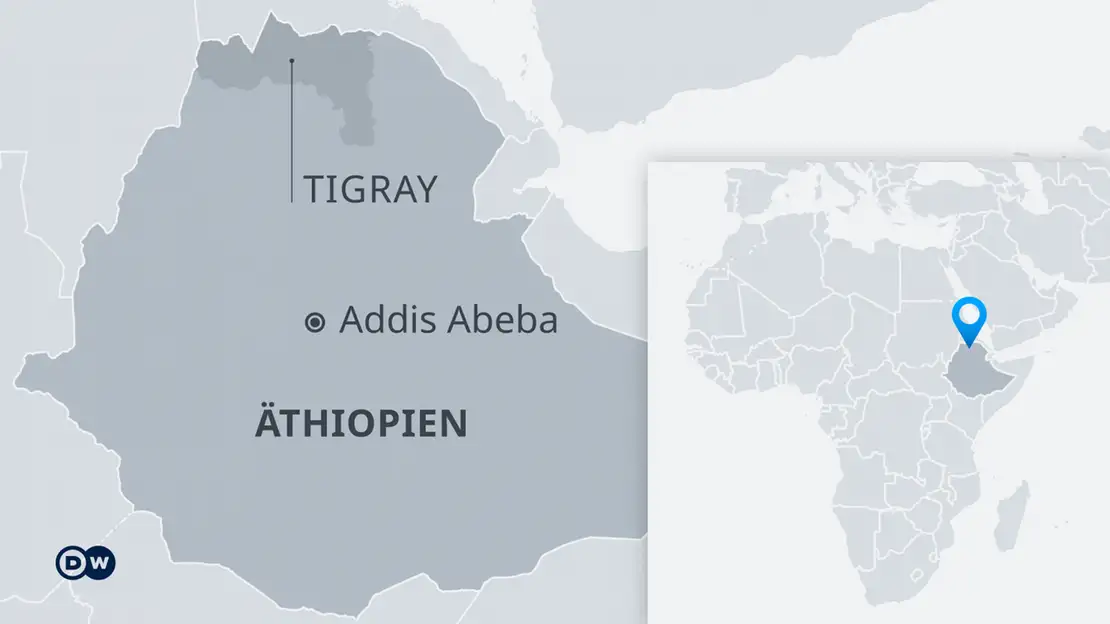
Introduction
The Tigray region of Ethiopia has been the focus of significant international attention due to the severe humanitarian crisis resulting from the ongoing conflict that erupted in November 2020. The relevance of this issue extends beyond Ethiopia’s borders, as it involves regional stability in the Horn of Africa and has implications for global food security amidst a backdrop of climate challenges.
Background of the Tigray Conflict
The conflict began when the Ethiopian government launched a military offensive against the Tigray People’s Liberation Front (TPLF), the ruling party in the Tigray region at the time. This was rooted in longstanding political tensions, grievances over marginalisation, and competing narratives of national identity. Since the onset of the conflict, various reports have surfaced regarding human rights abuses, including ethnic cleansing and widespread displacement within the region.
The Humanitarian Situation
As of 2023, the humanitarian situation in Tigray remains dire. According to the United Nations, approximately 5.4 million people in Tigray, representing over 90% of the region’s population, require humanitarian assistance. Access to food, clean water, and healthcare has been severely hindered due to ongoing blockades and violence. The situation was further exacerbated by COVID-19, which depleted already scarce resources and worsened living conditions.
International Response
The international community has responded with calls for peace and negotiations, led by various organisations including the African Union. A ceasefire agreement was reached in November 2022, leading to some improvements, such as the restoration of basic services in the region, including telecommunications and banking. However, sporadic violence continues, highlighting the fragile nature of peace in Tigray and surrounding areas.
Conclusion and Future Outlook
As the conflict in Tigray continues to evolve, the importance of international engagement remains critical to ensuring a sustainable peace and addressing humanitarian needs. It is crucial for regional players to support a lasting resolution that addresses the root causes of the conflict while advancing aid efforts to those affected. The path forward involves not just immediate relief but also long-term strategies for reconciliation among Ethiopia’s diverse ethnic communities. For readers, understanding the situation in Tigray is essential, as the ramifications of this conflict impact global stability and humanitarian norms.
You may also like

Boris Johnson: A Look at His Current Political Landscape

The Lasting Impact of Donald Trump on American Politics
